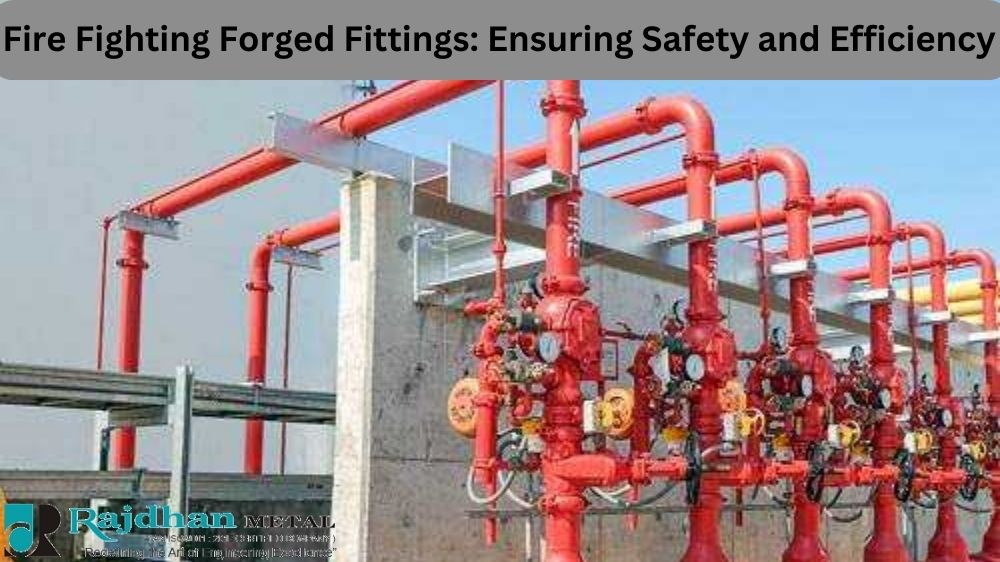The hidden heroes in the shadows of fire safety are often the components that makeup fire suppression systems. Among these, fire fighting forged fittings play a pivotal role in ensuring the effectiveness and reliability of a firefighting system. This comprehensive guide delves into the world of firefighting forged fittings, exploring their significance, applications, and maintenance.
Importance of Fire Fighting Fittings in Fire Safety
Firefighting fittings are often overlooked, yet they are crucial for the operational integrity of fire safety systems. The performance of fire hoses, sprinkler systems, and other suppression mechanisms relies on the quality of these fittings. With lives and property at stake, there can be no compromises on the reliability of these components.
Overview of Fire fighting Forged Fittings
Definition and Purpose
Forged fittings are made through forging, where metal is shaped by applying localized compressive forces. This process enhances the strength of the metal, making it ideal for systems that require high durability, like those used in fire suppression.
Types of Fittings and Their Applications
There are various types of fittings used in firefighting systems, including:
-
- Elbows and tees redirect the water flow.
-
- Couplings and nipples that join two pipes or hoses.
-
- Crosses and unions that serve specific networking purposes.
Each fitting has a specialized role in allowing the fire suppression system to efficiently deliver water and suppressants to targeted areas.
Benefits of Fire Fighting Forged Fittings
Durability and Strength
Regardless of the emergency, forged fittings remain steadfast, ensuring the fire suppression system retains its integrity under stress.
Resistance to High Temperatures and Pressures
In an environment where temperatures soar and pressures mount, forged fittings stand resilient, capable of withstanding extreme conditions without failing.
Corrosion Resistance
Corrosion is a relentless enemy in any firefighting context. Firefighting forged fittings are designed to resist corrosion, maintaining their functionality over time.
Key Features and Specifications
Materials Used
Common materials include carbon steel, stainless steel, and alloy steel, each selected for its properties and resistance to the challenges of firefighting environments.
Pressure Ratings and Certifications
Fittings must meet specific pressure ratings and certifications such as ASTM or ISO standards to perform under rigorous operational demands.
Installation Requirements
Installing forged fittings requires expertise to ensure each fitting is properly connected and sealed, optimizing the firefighting system’s performance.
Best Practices for Installation and Maintenance
Proper Installation Techniques
Using appropriate thread sealants, avoiding over-tightening, and alignment checks are essential for correct installation.
Regular Inspection and Maintenance
Routinely inspecting fittings for damage or wear and regularly replacing seals and gaskets helps prolong their lifespan.
Troubleshooting Common Issues
Promptly addressing leaks, blockages, and signs of corrosion can prevent system failures during critical moments.
Case Studies
Through real-life examples, we witness the successful implementations, and the crucial difference high-quality firefighting forged fittings make in controlling and extinguishing fires.
Conclusion
The significance of firefighting forged fittings lies in their ability to maintain safety and efficiency in emergencies. Investing in dependable fittings is not an option but a necessity, preventing failures and ensuring fire suppression systems operate flawlessly when every second counts.
In the fight against fire, every component matters. With forged fittings at the helm of fire safety systems, we can rest assured that robustness and reliability are built into the very fabric of our protection strategies.





